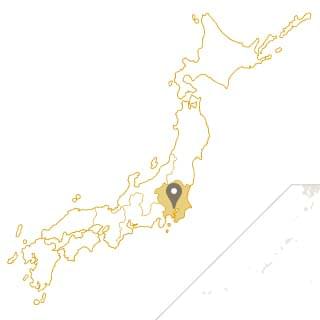Falling in love with Japan is an experience that can happen in phases. First, you may be infatuated by the world of the geisha, the ninja, and the samurai, but then you turn your back on that because you want to go deeper and discover something a little more relevant to your daily life. But you soon realize that in your haste to move on, you never really got to know the culture that gave birth to those ambassadors of traditional Japan.
In fact, no quick and easy experience can ever communicate the centuries-long culture and philosophy that created the geisha or the bushido (way of the warrior). You must live it, and fortunately, those kinds of experiences are becoming more available to visitors to Japan.
In only an hour and half out of Tokyo, you can find yourself crossing over into Kanagawa Prefecture and heading into the mountainous terrain of Fujino. The JR Chuo Line, which cuts through the center of Tokyo, takes you all the way out to the countryside. It is funny to think that exactly the same train that services the skyscraper hubs around Tokyo Station and Shinjuku also carries you deep into the countryside.
For most of Japan’s history, Fujino was hard to place on a map, given its location quite literally on the border between two feudal-era fiefs. As of 2007 it was merged into the area of Sagamihara, but you will still hear the older name of Fujino used. Archaeological hauls of pottery have revealed that the area was densely populated during Japan’s prehistoric Jomon period. For most of its history it was known as a quiet farming community, home to fantastic local produce courtesy of countless small farms that still dot the mountainous landscape. The biggest change for the area came when two of Japan’s leading art universities, Musashino Art University and Tama Art University, popped up west of Tokyo in the early twentieth century. From then on, the convenient access to central Tokyo, the inspirational scenery, and the ease of maintaining a large atelier made Fujino a hub for Tokyo’s creative class.
Now you are positively tripping over small art galleries and workshops, as well as excellent restaurants and delicious local produce, all of which create a friendly bohemian atmosphere and a widely inclusive community feeling.
Become lord of the manor
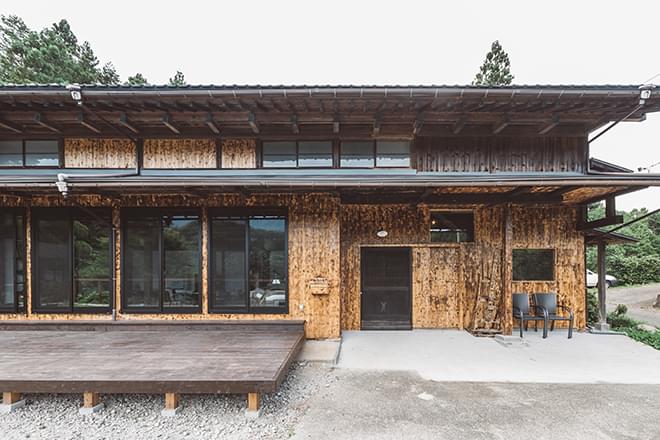
Most of the spaces originally used for creative endeavors were farmhouses, which have now been converted to visitor accommodations or event spaces. There are many kinds of accommodations to choose from, including Airbnb arrangements.
While lodging can be booked separately, Fujino’s farmhouse plan stands out for the number of extras it incorporates. These start with the delivery of dinner and breakfast to your door and stretch to experiences that you can enjoy in your home away from home. This kind of down-to-earth flexibility really reflects the Fujino attitude to hospitality in a nutshell, and it is worth noting that all accommodations and activities mentioned in this article can be arranged and experienced in English.
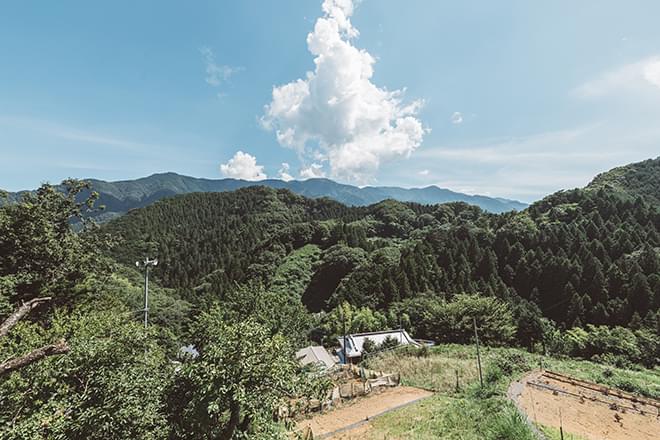
Our home for the next couple of days is Yuzu-no-Ka (Yuzu House), named after the yuzu fruit found in the groves around it. You can get there by a short taxi or car ride from Fujino Station, and although you can, of course, stock up on drinks and snacks before you get too far from civilization, everything you might need is on-site.
Heading up to the farmhouse, you realize you are a world apart from the usual tourist destination. You aren’t just staying in a countryside community; you are becoming part of it. Some active farms are spread out along the slope beneath the main property, leaving you pleasantly secluded but still in touch with the local way of life.

Inside, you see that this property is perfect for a small family. Four people get their own bedroom with private bathroom, which is admittedly a bit excessive, but there are farmhouses and traditional homes for any group size. The building is 100 percent traditional, but the facilities are right up-to-date—we are talking air conditioning in every room and comfy beds, although you are more than welcome to pull out a futon and embrace tradition if you want!
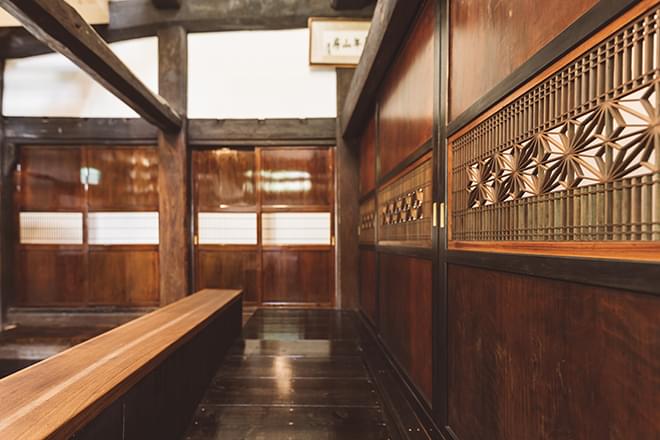
Through our accommodation provider, we arranged for a few experiences to complement the return to feudal-era Fujino that we had in mind. Many of the farmhouses and traditional homes have large living rooms where you can hold these kinds of experiences, while your bedroom remains private. The experiences available in Fujino run the gamut from traditional silk weaving and indigo dyeing all the way to modern solar-panel creation, which leaves you with a panel you can use to charge your laptop outside.
- Name:
- Yuzu House (Airbnb)
- Availability:
- Bookings can be made year-round through the link below.
Start your training
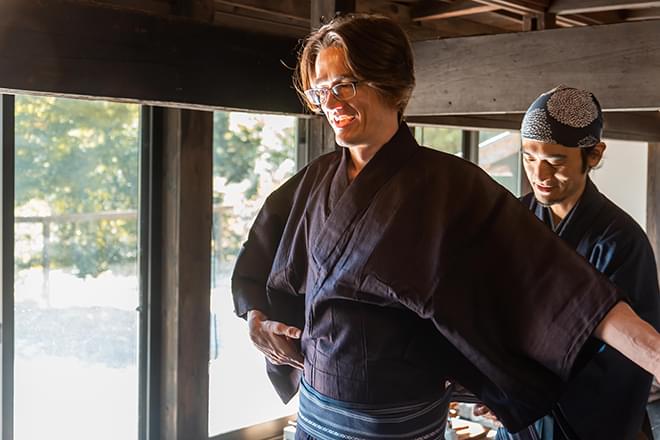
First, we went back to the samurai days to get in touch with our new feudal lifestyle. Our charismatic instructor, Yusuke, rocked up to the house in full Japanese dress, and his arrival instantly completed the samurai image of the traditional farmhouse. Standing there in jeans, one couldn’t help but feel a bit out of place, so the lesson began with a change into traditional Japanese dress.
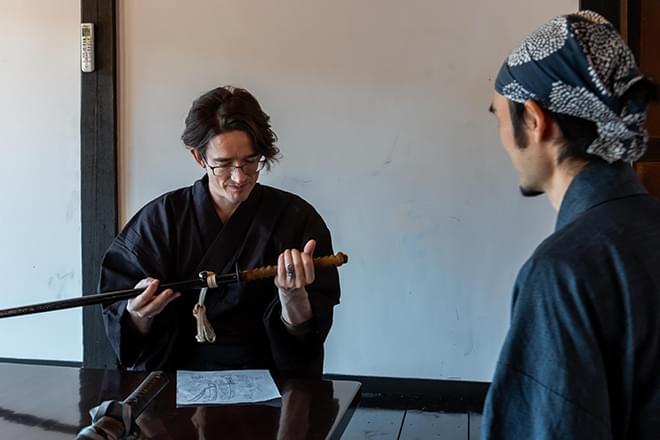
Several color choices are available for men and women in a range of sizes, so you can go for flashy ceremonial colors or understated washed-out indigos and rustic browns that are in harmony with the setting.
Opting for the latter, we were soon sitting in the living room with an impressive selection of swords intriguingly out of reach. Before we started, Yusuke was keen to share the philosophy of the samurai, gleaned over his sixteen years practicing, and now teaching, the various schools of swordsmanship. In much the same way that chivalry developed as a code of conduct for medieval knights in Europe, bushido (the way of the warrior) grew out the samurai way of life. A samurai was not just a fighter but had to be skilled in several disciplines, both practical and creative.
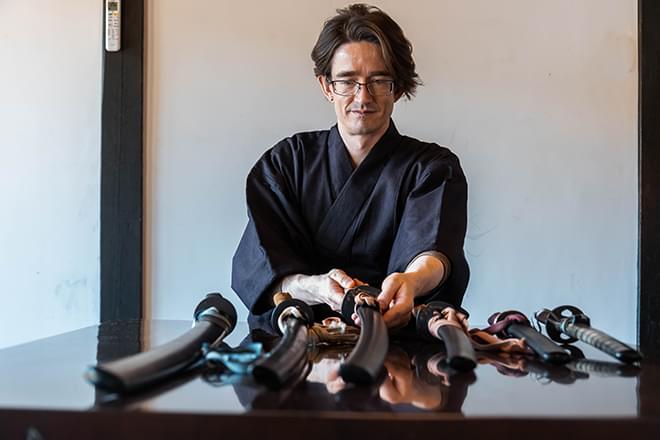
Yusuke performs tea ceremony as a way to start the conversation, and he continues to an in-depth discussion of swords and swordsmanship in excellent English. Soon the table was cleared of tea bowls and filled with swords—some new, some hundreds of years old passed down from Yusuke’s mentor. Amazing to see were the lovingly made repairs evident all over the older blades and the scabbards, which were particularly scarred by use and had been repaired with stingray leather.
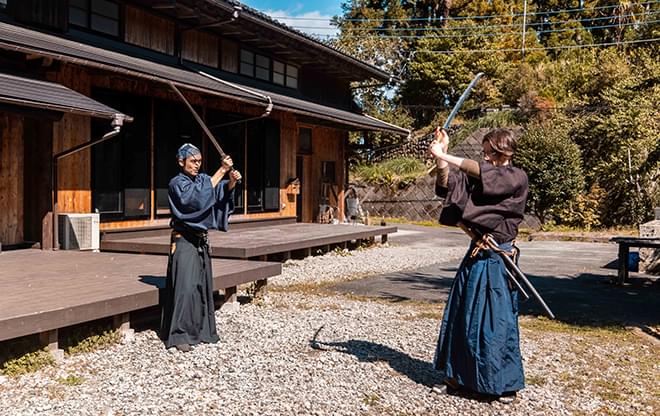
Outside, and after some basic safety instruction (these are genuine, extremely sharp blades), we started warming up and getting focused. Even if you are a total beginner, the experience is comprehensible, especially because most of the kata, or stances, which you often see in iconic films or anime, are standard, so you probably know more stances than you think you do. Still, once you have the bound straw target in sight, it all gets very real. In a single session, you should achieve the ability to cut cleanly through the target at the three marks: first at the head, then at the neck, and finally at the chest. The sensation of focus and release is quite therapeutic—elegant but visceral at the same time.
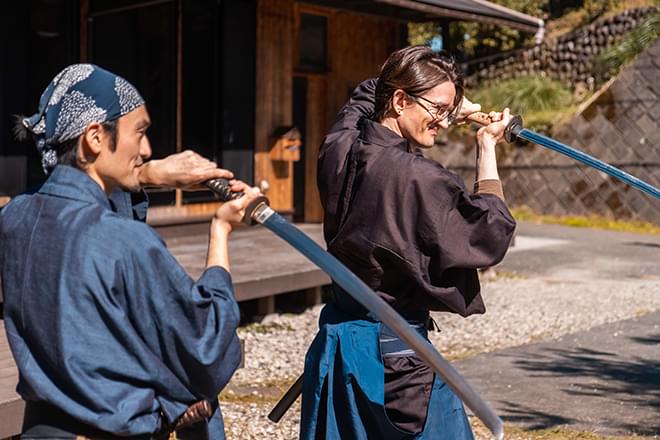
The session ends with a performance by your teacher. Check out the video on the website below to experience a taste of that for yourself.
- Name:
- Kenshi Yusuke, Samurai Artist
- Availability:
- Please contact through the link below for booking and more information.
The traditional Japanese resort experience

After the experience and before dinner, a trip to the local hot spring is in order. For samurai, bathing was a matter of both self-care and self-discipline. Samurai bathed in silence like Zen monks, as a way to focus, but also to clear the mind. Relaxation is definitely the order of the day at the nearby Yamanami Onsen, which is open minded about tattoos and has open-air baths, from which you can watch the swirling clouds over the mountain.
If the yuzu fruit is in season, you may also be able to relax in a bath full of bobbing fruit. Bathing in the natural mineral-rich hot spring, kept at roughly 40°C, is the best way to relax all year-round.
- Name:
- Yamanami Onsen
- Address:
- 4225-1 Magino, Midori, Sagamihara, Kanagawa
- Availability:
- Open 10:00–21:00 daily; closed Wednesdays and January 1.
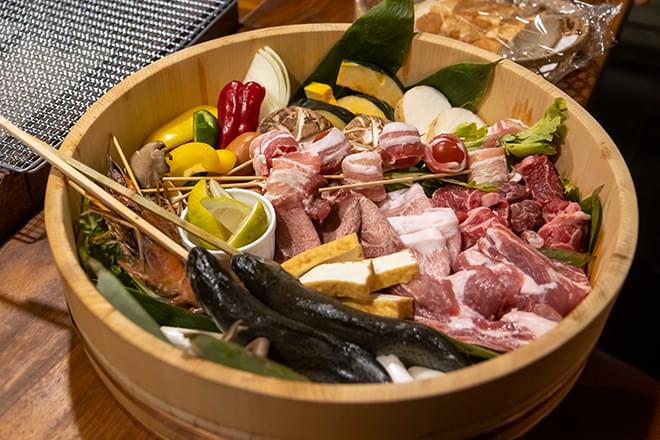
Back to the house, and dinner was within sight. Our host had dropped off everything we needed to cook for ourselves; all we had to do was get the food going over the charcoal hearth in the dining room. We just added heat (and a couple of beers!), and soon, local vegetables, meat, and fish were jostling for space above the flames.
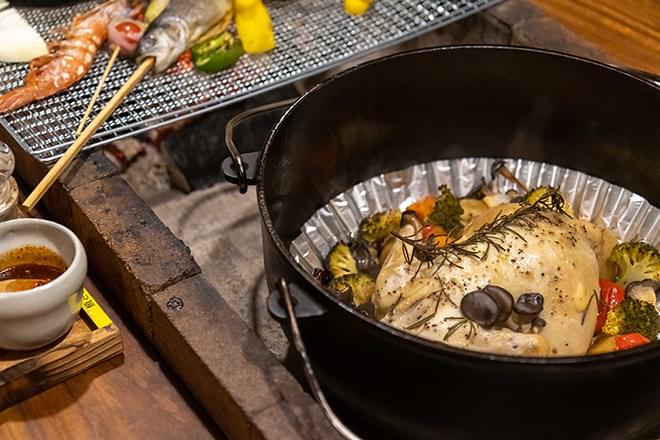
The local ingredients even found their way into a dutch oven! This kind of communal eating, around the hearth, is the heart of rural life in Japan, and there is no better way to taste great local food, especially when you can play chef.
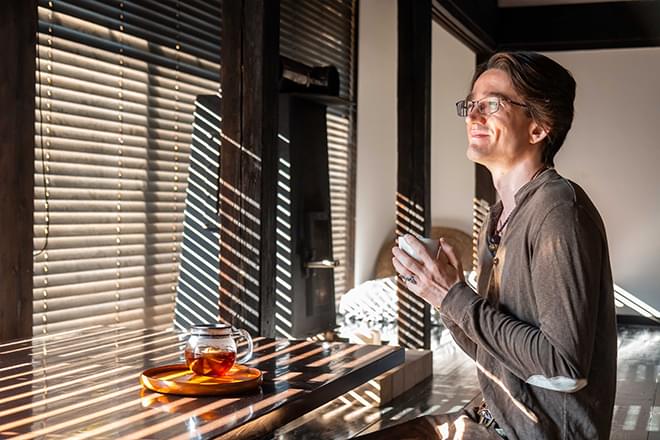
After gazing up at the bright starry sky, undimmed by urban lights, and enjoying a good night’s sleep, you arise to a breakfast that is once again partly prepared for you. But you can still apply the finishing touches and get the coffee going.
Nurture your sense of beauty
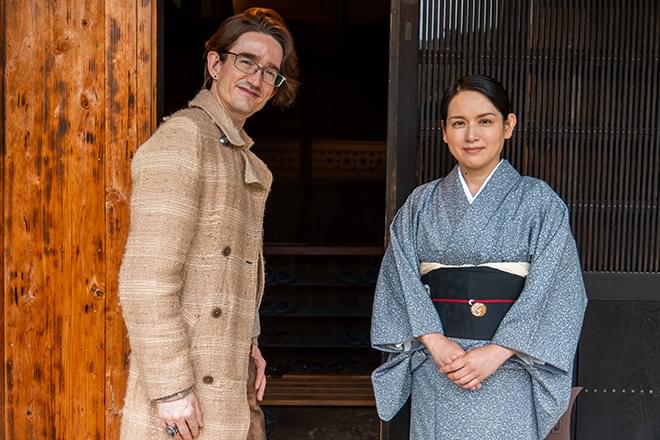
Our final experience was ikebana, Japanese flower arranging, again held in our house. The delightful Shino first took us around the garden to see if we could find some flowers or plants that could be used in our composition. The disciplined kata, or form of flower arranging was regarded as a mark of a cultured person in feudal Japan, showing not just a person’s aesthetic sensibilities but also their care and awareness of the environment. Every time you snip a flower, it is appropriate to give thanks for this sacrifice of nature, and you gather local flowers, instead of looking far and wide for exotic novelty, so as to appreciate the beauty of what you already have.
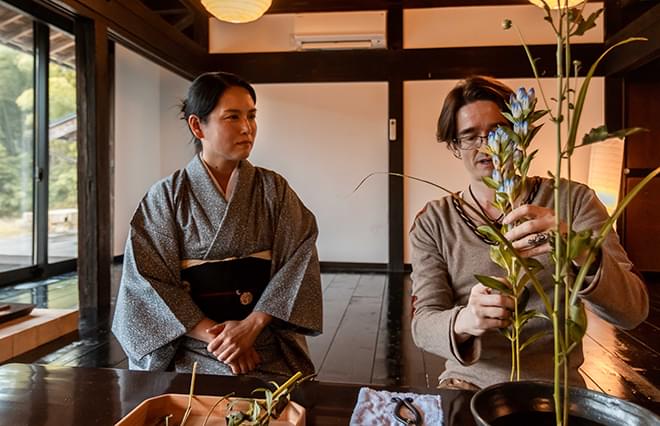
Once you have your flowers, you can get started. To those in a bind about where to begin, Shino suggests arranging the flowers to capture the ground and the sky, with the human world in between. Gradually adding flowers, cutting, readjusting, and finally seeing the composition come together is soothing to the soul.
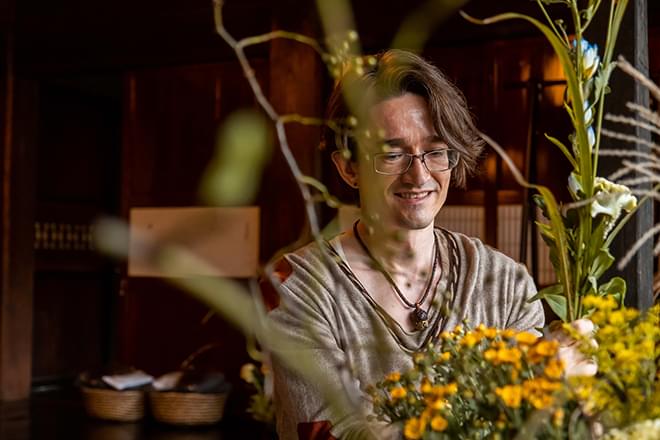
Having said that, this writer was at one point backed into a corner by a poorly placed flower, but Shino was on hand to adjust it, making it a feature of the whole arrangement. Recognizing the importance of open space, appreciating a small number of flowers over a profusion of blooms, and sensing the quintessential Japanese-ness of ikebana is surprisingly within reach if you are guided by an experienced (and English-speaking) teacher. Even if you have never seen yourself as a flower arranger, being able to display your handiwork in a traditional house, even for just a day, is a true feeling of accomplishment.
Well rested, but still all too soon, you will be back on your travels, hopefully with a new appreciation for the countryside way of life and the focused, yet tranquil disciplines it fosters.
- Name:
- Heart Garden
- Availability:
- Please contact through the website below for booking and more information.

